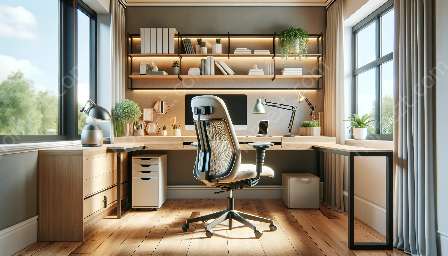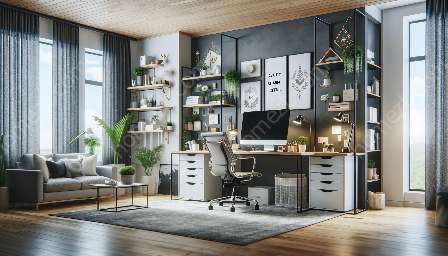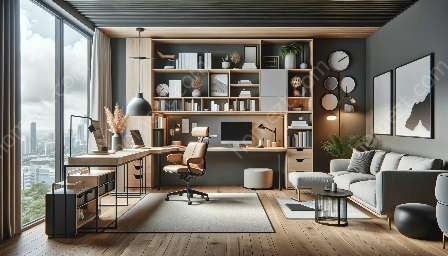Working from home has become a common practice, and as a result, creating a comfortable and productive home office environment is essential. This article explores the role of ergonomics in home offices, offering insights into the importance of ergonomic design, furniture, lighting, and best practices.
The Importance of Ergonomics in Home Offices
Ergonomics, or the study of designing equipment and devices that fit the human body, plays a crucial role in home office settings. Proper ergonomics can help reduce the risk of musculoskeletal disorders, enhance productivity, and promote overall well-being.
Ergonomic Furniture
When setting up a home office, investing in ergonomic furniture is key to promoting comfort and reducing strain on the body. Ergonomic chairs with adjustable seat height, lumbar support, and armrests can help maintain proper posture and reduce the risk of back pain and repetitive strain injuries.
Ergonomic desks that allow for proper wrist and arm positioning, as well as adjustable height options, can also contribute to a healthier work environment.
Ergonomic Lighting
Good lighting is essential for a home office, as it can help reduce eye strain and improve overall comfort. Natural lighting is ideal, but when this is not possible, investing in adjustable desk lamps with proper positioning can provide adequate illumination without causing glare or shadows.
Best Practices for Ergonomic Home Offices
In addition to ergonomic furniture and lighting, there are several best practices that can help create a more ergonomic home office. These include:
- Setting up the workstation to allow for proper posture and comfortable positioning of the body, including the hands, wrists, and eyes.
- Taking regular breaks to stretch and move around, reducing the risk of prolonged sitting and promoting circulation.
- Using ergonomic accessories such as keyboard trays, monitor arms, and footrests to enhance comfort and promote proper positioning.
- Adjusting computer monitor height and angle to minimize neck and eye strain.
By implementing these best practices, individuals can create a home office environment that is both comfortable and conducive to productivity.
Conclusion
Ergonomics in home offices is critical for promoting health, comfort, and productivity. By considering the importance of ergonomic design, investing in ergonomic furniture and lighting, and following best practices, individuals can create a home office space that supports overall well-being and enhances work performance.


















